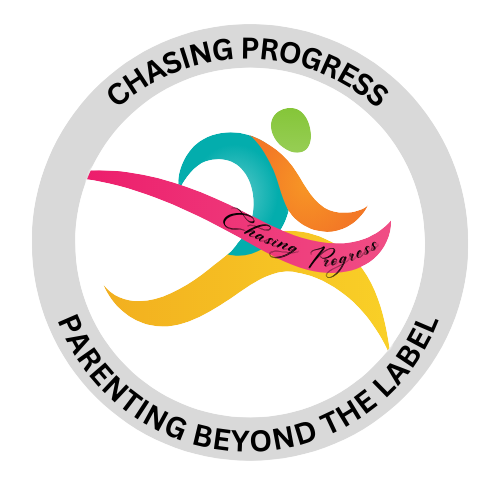
Dear readers,
I am excited to share my first blog post with you, and I hope it helps shed some light on what it’s like to raise a child with Kleefstra syndrome.
Our journey with my son’s diagnosis started when he was about 5 months old. I noticed that he wasn’t meeting his milestones, and I had a gut feeling that something wasn’t right. I first spoke with his pediatrician saying I was concerned that he was not getting stronger. He wasn’t trying to support himself when lying down on his belly and his eyes would not really focus on you. He was a tall baby, so she told me that sometimes it takes some babies a little longer to start using and controlling their limbs. It was another two months or so, before she believed my suspicions, when I reported that my son would not chew solids. He just swallowed. He literally did not have the instincts to chew. At this time, he was also not sitting on his own. He was soft and a little floppy. This is when my pediatrician approved the early intervention care for my son.
Early intervention was the best decision we ever made for our son’s development. I threw myself in 100%. His initial care began with feeding therapy 3 times per week, which evolved into speech therapy as he improved. I had no idea about the connection between sucking, chewing, and the development of sounds and speech. Eating solid foods help develop and strengthen the jaw, as well as the lips and tongue muscles, which are required for speech.
My son’s early intervention plan also included physical therapy and occupational therapy. We have recently added ABA therapy to his treatment plan to help him emotionally and socially now that he is 8 years old.
During the first five years of his life, our son did not have a specific diagnosis, except for developmental global delays. However, when he started Kindergarten, a more specific diagnosis was required. We went through several possible diagnoses over the years, including hypotonia, dyspraxia, ADHD, and autism, before finally receiving a solid diagnosis of Kleefstra syndrome when my son was six years old. It took us six years and a genetic test to get a proper diagnosis, and it was a long and frustrating journey. However, having a definitive diagnosis has helped us understand our son and his needs better. It has also helped us to communicate more effectively with his therapists and doctors (including neurologists) about what is going on with him because none of them have ever heard of Kleefstra syndrome.
Raising a child with Kleefstra syndrome comes with many challenges, but it also brings many rewards. My son has taught me patience, resilience, and the importance of celebrating small victories. He has a unique perspective on the world, and his infectious smile and happy-go-lucky attitude inspire me every day.
As a parent of a child with special needs, I have learned the value of advocating for my child and seeking out resources and support. I want to use this blog as a platform to connect with other parents who are going through a similar journey and to share our experiences and insights.
Thank you for reading, and I look forward to sharing more of our journey with you.
With gratitude,
Shelly-Ann

0 Comments